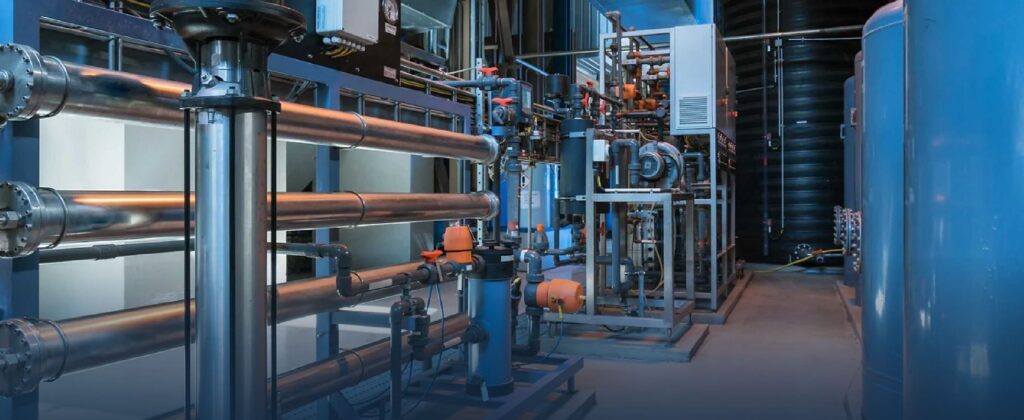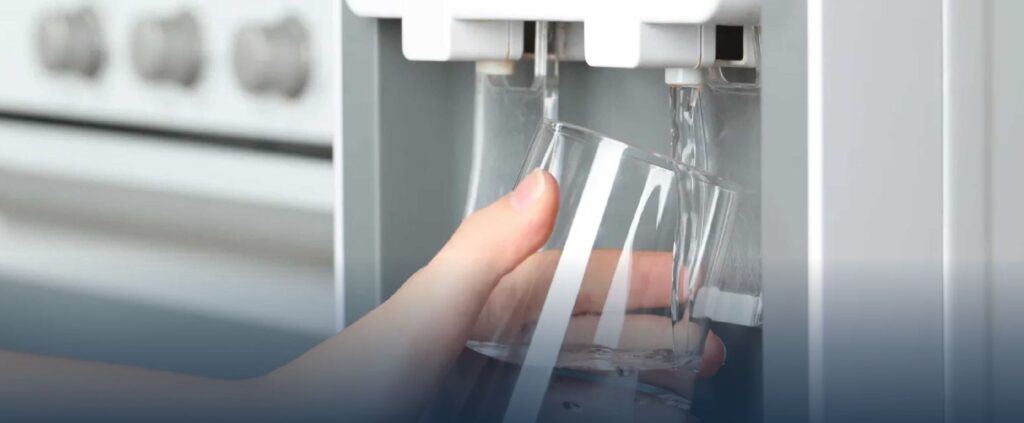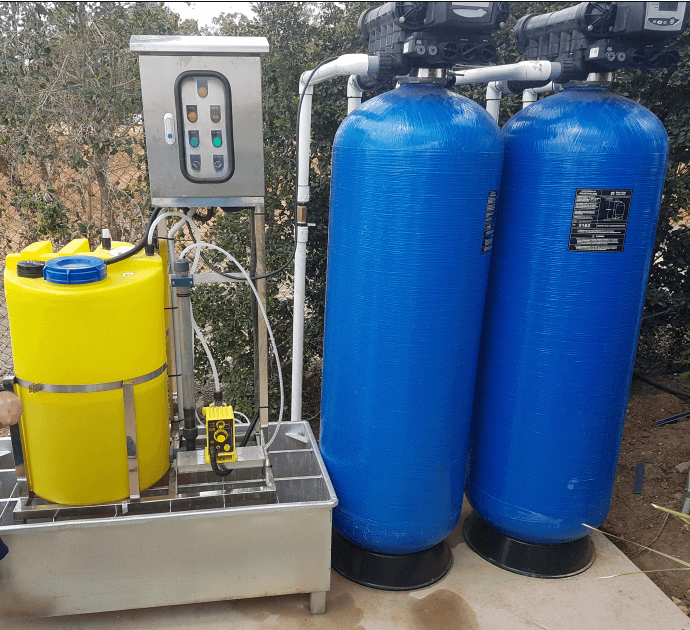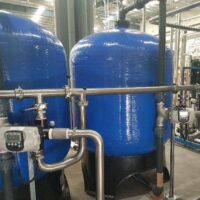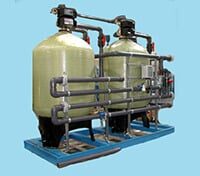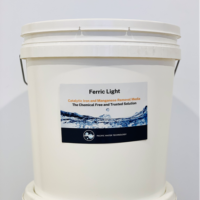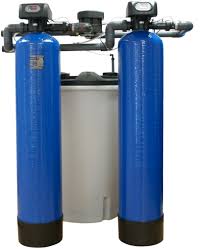
About Iron and Manganese Filters
DMI-65 catalytic media filtration: DMI-65 is a manganese dioxide (MnO2) infused media whose surface acts as a good oxidant and is effective in removing both arsenite and arsenate, as well as iron/arsenic complexes and precipitants. DMI 65 media is effective in removing up to 15 ppm iron and manganese . At higher iron and manganese levels a pre-oxidation stage is recommended in order to make the catalytic stage more affordable and practical .
The final design of the iron removal filter ultimately depends on the chemistry and pH of the ground water, and which other contaminants need to be removed. If the ground water is acidic, the first step should be to correct the pH using soda ash and/or other alkaline builders that do not significantly increase the hardness of the water.
The pH of the water is another often overlooked factor in iron removal. The pH should be above 6.8 and preferably in the range of 7.5 to 8.5 for optimal removal. Aeration will also help to strip out any dissolved CO2 and that will also raise the pH. The majority of iron filtration systems operate on the principal of oxidizing the dissolved Fe+2 iron to convert it to the Fe+3 state to produce a filterable particle.
Once in the ferric state, iron can be filtered with a number of different filtration media under the right conditions. Effective oxidants used to help facilitate this conversion include chlorine, permanganate, and ozone. Aeration to achieve oxidation has also been used for years in both small and large water systems, but the kinetics of iron conversion are relatively slow compared to chemical oxidants and require more time, contact vessels or other ancillary equipment for effective iron removal.
Oxidation / filtration technology utilises either an oxidant (as described above) + conventional or specialty
media to oxidise and filter iron from water. Systems are used in conventional pressure vessels with the
oxidant being injected upstream of the process. The filter medias that are commonly used are;
• High content Manganese Dioxide Minerals (e.g., AD26, pyrolusite),
• Anthracite / sand combination or silica base with manganese dioxide coating
• Glauconite, a zeolite mineral coated with manganese (i.e., greensand)
Our high efficiency iron/manganese removal technology is based on Manganese Dioxide catalytic conversion using into higher valence insoluble oxy-hydroxides that are then filtered out with an automated backwash filter. The filtrationmedia used for that purpose is DMI-65.
The DMI-65 is the most sophisticated catalytic water filtration media that has extremely high capabilities of removing both Iron (Fe) and Manganese (Mn) simultaneously through low cost catalytic oxidation and retention of precipitate. The DMI-65 will also remove arsenic from a water supply given the correct conditions.
The DMI-65 is one of the fewer catalytic water filtration media’s in the world developed to remove iron and manganese that is certified to NSF/ANSI 61 for drinking water applications.
As this filtration media is much denser than Greensand or Birm, a higher backwash rate is required . The DMI 65 media also needs continuous chlorine dosing to ensure a level of free chlorine is available to keep the media primed. During backwash the chlorine dosage needs to be proportionally increased to reflect the increased backwash flow rate. Refer to Case Study:
Some features are listed below:
Physical Properties
|
Colour
|
Black to Brown |
| Bulk Density |
1.46 gr/cm3; 1.46 tonne/m3; 91lb/ft3; |
| Specific Gravity (Particle Density) |
2.69n gr/cm3 |
| Effective Size |
0.43 mm |
| Uniform Coefficient |
1.34 |
| Porosity |
45.80% |
| Mesh Size |
20-45 |
| Attrition Loss P/Annum |
1 – 5 % (depending on water condition) |
Condition of Operation
| Water pH range |
5.8 – 8.6
|
|
Maximum Water Temperature
|
45 degrees C (113 degrees F) |
| Bed Depth |
600 mm (minimum) |
| Freeboard |
40% of bed depth (Minimum) |
| Regeneration |
Addition of chlorine to maintain free
chlorine. |
| Service Flow Rate |
5 – 30 m3/m2 per hr |
| Backwash Flow Rate |
25 – 40 m3/m2 per hr |
| Backwash Bed Expansion |
Between 15 – 50 % |
|
|
|
|
| Attrition Loss |
1 – 5% pa |
|
|
|
|
|
Water Quality Association – Gold Seal Product Certification 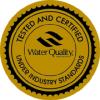
Filtration Medium’s DMI-65 product has been tested and certified by the Water Quality Association according to NSF/ANSI 61 for materials safety only.
|

